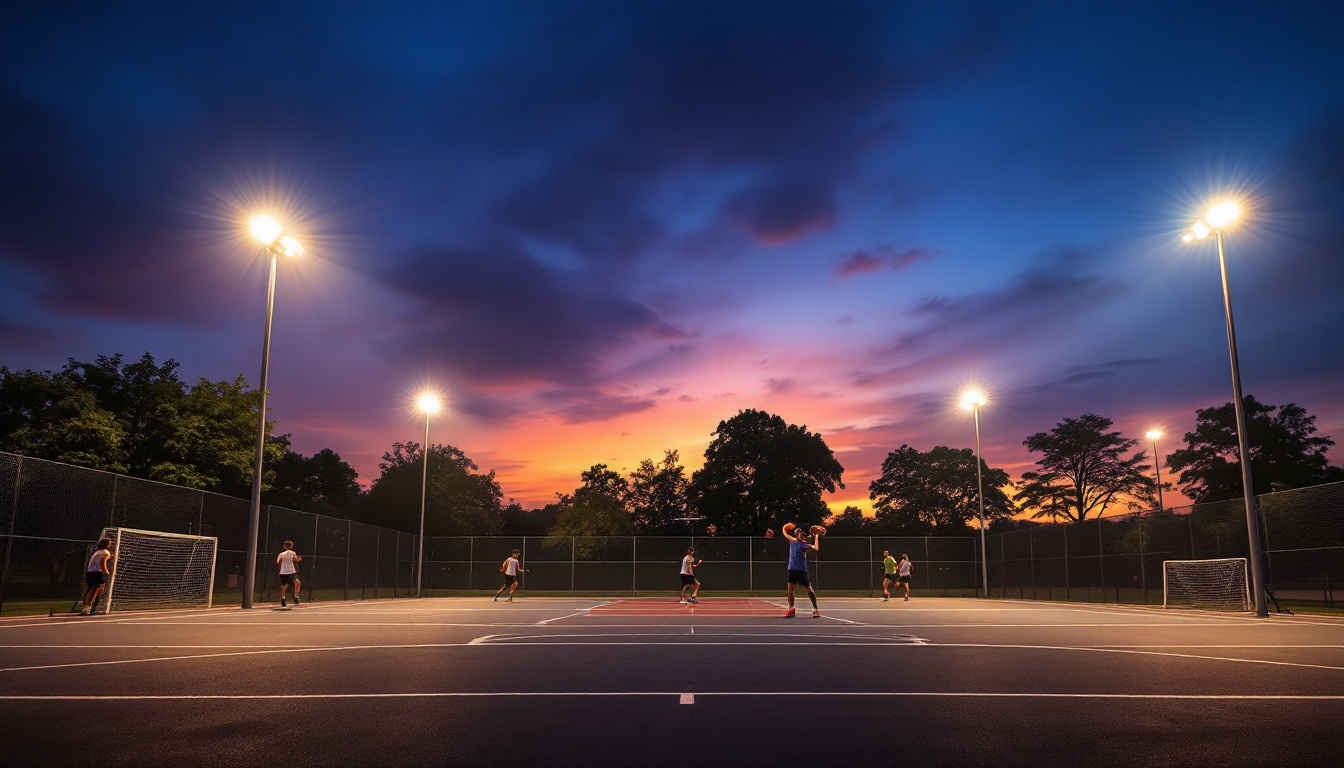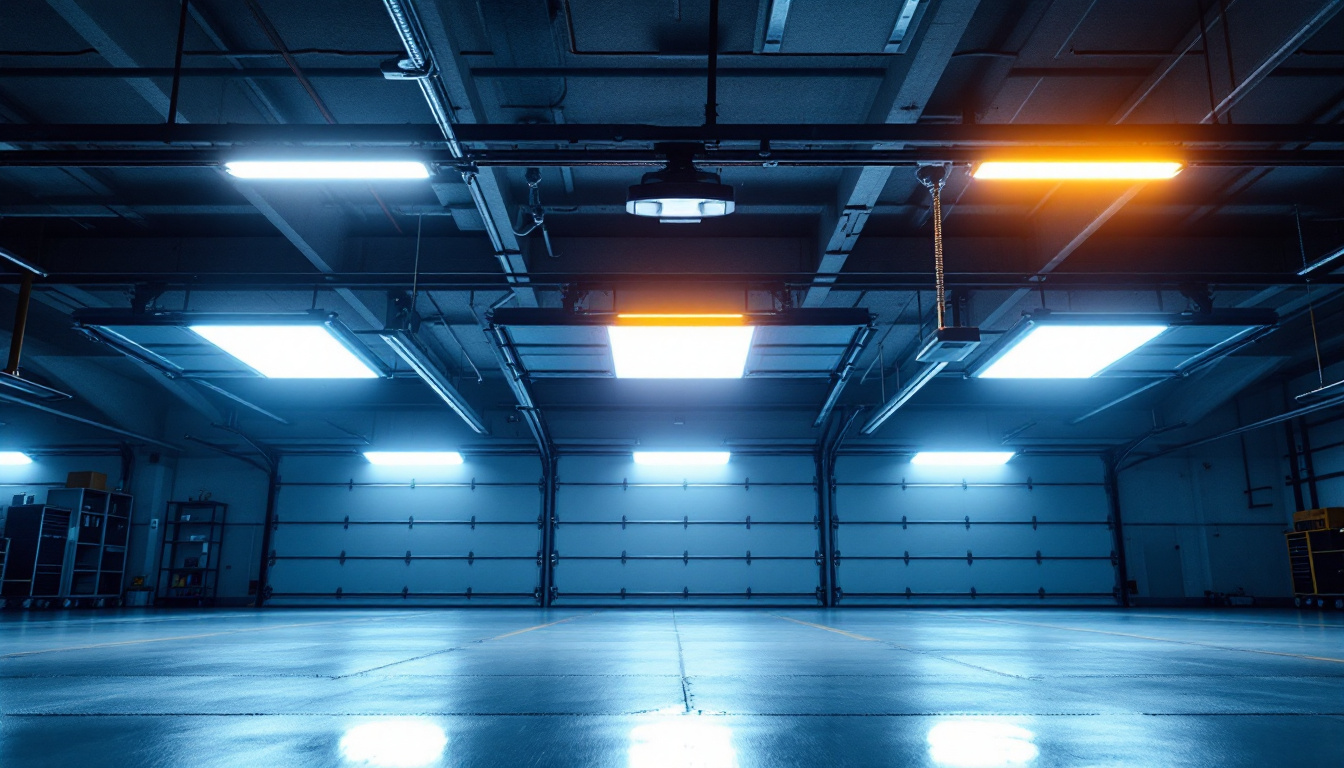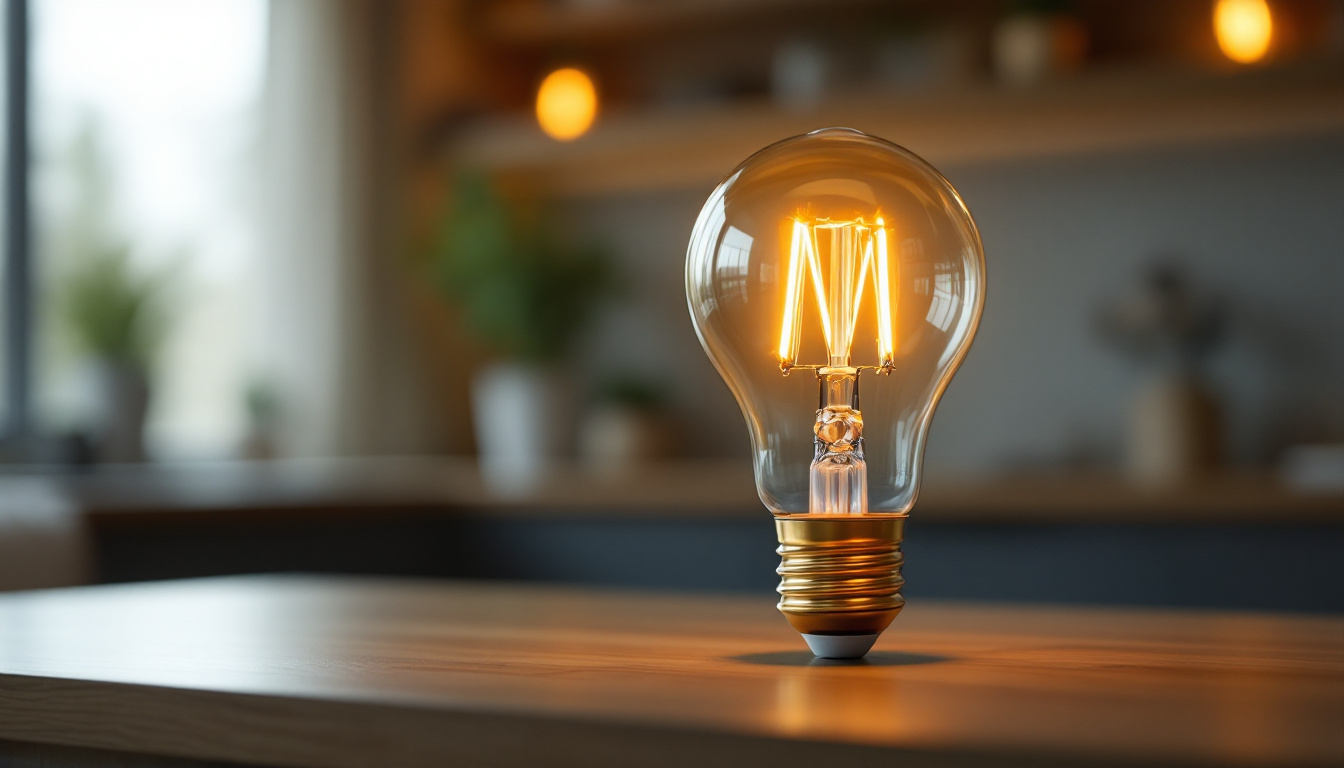
Lighting a sports court is a critical task that requires careful planning and execution. The right lighting not only enhances visibility but also contributes to the overall safety and enjoyment of the game. For lighting contractors, understanding the nuances of sport court lighting can make a significant difference in the quality of their work. This article outlines the essential do’s and don’ts that every lighting contractor should keep in mind when working on sport court lighting projects.
Proper lighting is vital for any sports court, whether it’s for basketball, tennis, or any other sport. Adequate illumination ensures that players can see the ball and the court markings clearly, which is crucial for performance and safety. Moreover, good lighting can enhance the aesthetic appeal of the facility, making it more inviting for players and spectators alike. A well-lit environment not only boosts the morale of the players but also contributes to a more engaging atmosphere for fans, encouraging community involvement and support for local teams.
Inadequate lighting can lead to accidents, decreased player performance, and an overall negative experience. Therefore, understanding the specific lighting requirements for different sports and courts is essential for contractors aiming to deliver high-quality installations. Additionally, proper lighting can extend the usability of sports facilities into the evening hours, allowing for more flexible scheduling and increased participation in sports activities. This can be particularly beneficial in urban areas where access to outdoor spaces may be limited.
Different sports have varying lighting requirements based on the nature of the game. For example, basketball courts require uniform lighting to prevent shadows that could hinder players’ visibility. In contrast, tennis courts may benefit from lighting that minimizes glare while ensuring that the ball is easily visible against the court surface. Furthermore, sports like soccer and field hockey may require even higher lux levels due to the larger playing area and the speed of the game, necessitating careful planning and execution of lighting designs.
Contractors should familiarize themselves with the standards set by governing bodies for each sport. These standards often dictate the minimum lux levels required for different types of play, whether recreational or competitive. Understanding these guidelines not only helps in compliance but also ensures that the lighting setup enhances the overall experience for players and spectators alike. Additionally, incorporating adjustable lighting systems can provide flexibility, allowing facilities to cater to different events and levels of play, from casual games to high-stakes tournaments.
The choice of lighting fixtures plays a crucial role in achieving the desired illumination levels. LED fixtures are becoming increasingly popular due to their energy efficiency, longevity, and ability to provide high-quality light. When selecting fixtures, contractors should consider factors such as the beam angle, color temperature, and lumen output. The right combination can significantly impact how well the court is illuminated and how players perceive their environment during play.
It’s also essential to evaluate the placement of fixtures to ensure uniform lighting across the entire court. This may involve using a combination of pole-mounted and wall-mounted lights to achieve the best results. Moreover, integrating smart lighting technology can allow for real-time adjustments based on the time of day or specific events, further enhancing the adaptability of the facility. Such advancements not only improve the playing conditions but also contribute to energy savings, making them a wise investment for any sports facility looking to modernize its infrastructure.
When it comes to sport court lighting, there are several best practices that contractors should follow to ensure successful installations. These do’s can help enhance the quality of the lighting and ensure compliance with relevant standards.
Before beginning any installation, it is crucial to conduct a thorough lighting assessment. This involves analyzing the court’s layout, existing lighting conditions, and the specific needs of the sport being played. A comprehensive assessment will help identify potential challenges and allow for a more tailored lighting solution.
Utilizing lighting design software can aid in visualizing how different fixtures will perform in the space. This can help in making informed decisions regarding fixture placement and type.
Every region has specific regulations regarding outdoor lighting, especially in public spaces. Contractors must familiarize themselves with local codes and standards to ensure compliance. This includes understanding zoning laws, light pollution regulations, and any requirements for energy efficiency.
Failure to adhere to these regulations can result in fines or the need to redo the installation, which can be costly and time-consuming.
Energy efficiency should be a priority in any lighting project. Not only does it reduce operational costs for the facility owner, but it also contributes to environmental sustainability. LED lights are an excellent choice for energy-efficient lighting, but contractors should also consider smart lighting controls that can adjust brightness based on usage.
Incorporating energy-efficient solutions can also enhance the contractor’s reputation, as more clients are looking for sustainable options in their projects.
While there are many things to do when it comes to sport court lighting, there are equally important things to avoid. These don’ts can help prevent common pitfalls and ensure a successful installation.
Maintenance is a critical aspect of any lighting installation. Contractors should consider how easy it will be to access fixtures for maintenance and replacement. Choosing fixtures that are durable and weather-resistant can reduce the need for frequent maintenance, but it’s also essential to plan for periodic checks and upkeep.
Ignoring maintenance needs can lead to decreased performance over time and can result in safety hazards for players.
Glare and shadows can significantly impact the playability of a sports court. Contractors must be mindful of fixture placement and the type of fixtures used to minimize these issues. Conducting a glare analysis during the design phase can help identify potential problems before installation.
Using fixtures with proper shielding and selecting appropriate beam angles can help achieve a more uniform lighting distribution, reducing the risk of glare and shadows.
Rushing through the installation can lead to mistakes that may compromise the quality of the lighting. Taking the time to ensure that every fixture is correctly installed and positioned is crucial for achieving optimal results. This includes double-checking electrical connections, fixture alignment, and overall system integration.
Quality work not only enhances the performance of the lighting system but also builds trust and credibility with clients.
As technology continues to evolve, lighting contractors have access to advanced techniques and tools that can enhance their installations. Staying informed about the latest developments can provide a competitive edge in the industry.
Smart lighting systems are becoming increasingly popular in sports facilities. These systems allow for greater control over lighting conditions, enabling adjustments based on the time of day, occupancy, or specific events. Contractors should consider integrating smart technology into their designs to offer clients enhanced functionality and energy savings.
Features such as remote control, scheduling, and automatic dimming can significantly improve the user experience and operational efficiency.
For outdoor sports courts, solar lighting solutions present an eco-friendly alternative. These systems harness solar energy to power the lights, reducing reliance on traditional power sources. Contractors should explore the feasibility of solar lighting in their projects, considering factors such as location, sunlight exposure, and energy needs.
While the initial investment may be higher, the long-term savings and environmental benefits can make solar solutions an attractive option for many clients.
Examining successful case studies can provide valuable insights for lighting contractors. These examples highlight effective strategies and innovative solutions that have led to successful sport court lighting installations.
A recent project at a community sports complex involved upgrading the lighting for multiple courts. The contractor conducted a thorough assessment, identifying specific needs for basketball and tennis courts. By selecting energy-efficient LED fixtures and implementing smart lighting controls, they achieved uniform lighting while reducing energy costs by 30%.
The project not only improved visibility for players but also enhanced the overall aesthetic of the complex, attracting more visitors and events.
In a school gymnasium renovation, the contractor faced challenges with glare and shadows from existing fixtures. By utilizing advanced lighting design software, they were able to simulate different configurations and select fixtures with optimal beam angles. The result was a well-lit environment that improved player performance and reduced complaints from athletes and coaches.
This project underscored the importance of proper planning and the use of technology in achieving successful lighting outcomes.
Sport court lighting is a specialized field that requires a deep understanding of both technical and aesthetic considerations. By adhering to the do’s and don’ts outlined in this article, lighting contractors can enhance their installations, ensuring that they meet the needs of players and facility owners alike.
From conducting thorough assessments to prioritizing energy efficiency and incorporating advanced technologies, the path to successful sport court lighting is clear. By staying informed and committed to quality, contractors can elevate their work and contribute to the growing demand for high-quality sports facilities.
Ultimately, the goal is to create safe, enjoyable, and visually appealing environments for athletes and spectators. With the right approach, lighting contractors can play a pivotal role in achieving this vision.
Ready to take your sport court lighting projects to the next level? At LumenWholesale, we provide lighting contractors with the high-quality, spec-grade lighting products you need to outshine the competition. Our extensive selection is designed to meet the highest industry standards, ensuring your installations are both powerful and efficient. Say goodbye to inflated markups and hello to unbeatable wholesale prices, complete with the convenience of free shipping for bulk purchases. Elevate your lighting game and discover the ideal combination of quality, affordability, and convenience. Visit us now for Wholesale Lighting at the Best Value and make your next project a beacon of excellence.

Discover how 8-foot LED tube lights can revolutionize your lighting installations by boosting energy efficiency and cutting costs.

Discover the crucial role garage ceiling lights play in the success of lighting projects for contractors.

Discover how LED lighting for garage ceilings is revolutionizing the lighting industry with energy efficiency, durability, and superior illumination.

Discover the benefits of four prong light bulbs and how they can revolutionize your lighting solutions.